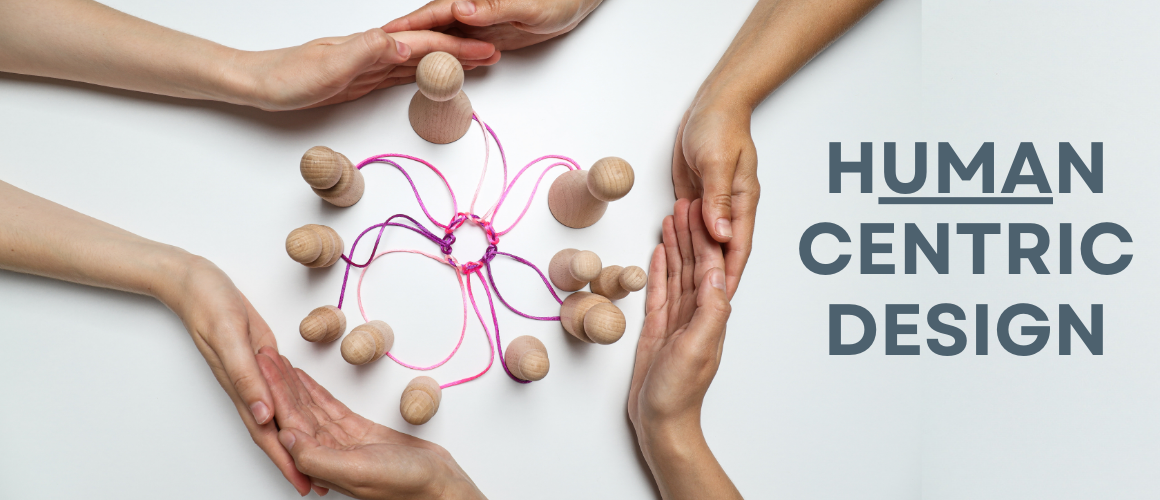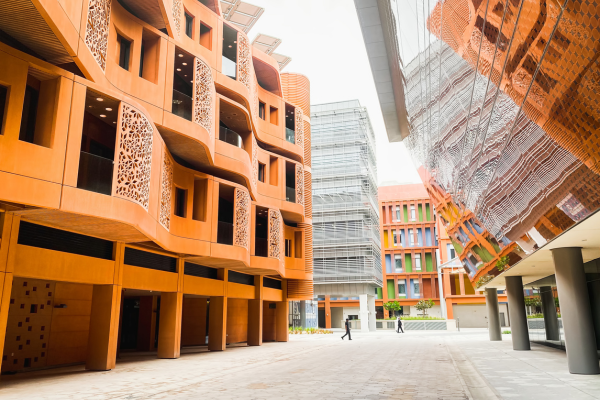
Exploring Human-Centric Design
Human-centric design might sound fancy, but it's really all about making places that feel good for everyone. Ever walked into a room and just felt right at home? That's it in action. Architects and designers use this approach to make sure buildings and spaces aren't just beautiful but are also comfortable and useful for people like you and me. They think about what we need, how we move, and even how we feel. By focusing on these human aspects, they create environments that not only look good but also improve our lives. This idea isn't new, but it's becoming more important than ever, as experts and standards in the industry keep pushing for spaces that truly put people first.
Before diving into the specific aspects of human-centric design, it's crucial to understand its foundational premise. This approach isn't just about aesthetics or functionality; it's about weaving the fabric of human needs, behaviors, and emotions into the very essence of our spaces. By doing so, we not only enhance the physical environment but also elevate the human experience within it. This transition from theory to application forms the bedrock of human-centric design, setting the stage for a deeper exploration of its key aspects.

User Needs and Space Consideration
Understanding what people need from a space is key, whether it's a hospital or a luxury hotel. In a hospital, the design needs to make patients and their families feel safe and supported, with easy access to care. Think about wider hallways for wheelchairs and private rooms that let families stay together. Now, flip to a luxury hotel. Here, it's all about creating an escape. Guests look for comfort, beauty, and exclusive services. So, designers focus on lush interiors, spa-like bathrooms, and breathtaking views. Both places have different needs, but the goal is the same: to make spaces that people feel good in. When architects really get what different users need, they can create spaces that aren't just places to be but places where we want to be.
Flexibility and Adaptability
Flexibility and adaptability in design mean spaces can change as our needs do. This idea became super important during the COVID-19 pandemic. Co-working spaces, for example, had to quickly adapt. They went from open-plan areas to having more private pods and better airflow to keep everyone safe. This kind of design thinks ahead, allowing spaces to easily shift based on what's happening in the world or what people need. It shows how smart design can help us tackle unexpected challenges, making our environments work better for us, no matt
er what comes our way.
Shape Tomorrow with BIM, Today BidLight.com - Innovating Flexibility and Adaptability in Construction.
Sensory Experiences
Sensory design elements like lighting, texture, and sound play a huge role in how we experience spaces. Think about how a room lit by soft, natural light feels welcoming, while harsh fluorescent lighting can make the same room feel sterile. Textures invite touch and create ambiance; rough wood or soft carpets underfoot can change a space's feel. Soundscapes, too, are vital; the gentle hum of a well-designed HVAC system can be soothing, unlike the jarring noise of a poorly concealed one. Studies have shown that these elements can significantly impact our mood, productivity, and even health. For example, hospitals that incorporate natural light and outdoor views have reported faster patient recovery times. Similarly, workplaces with optimized acoustics see better concentration levels and lower stress among employees. This approach to design doesn't just make spaces more pleasant; it makes them more human.

Safety and Security
Architecture plays a crucial role in ensuring both physical safety and emotional security. By adhering to building codes and standards, architects design structures that protect us from harm and provide a sense of well-being. These guidelines ensure that buildings can withstand natural disasters, prevent accidents, and offer secure environments. Beyond physical safety, thoughtful design also considers emotional security, creating spaces that feel safe and welcoming, reinforcing our sense of stability and comfort in our environments.

Community Interactions and Engagement
Design has a powerful impact on fostering community interactions and engagement. Thoughtful planning and design of spaces can encourage people to come together, share experiences, and build connections. For example, public parks with comfortable seating and open spaces invite people to gather, relax, and interact. Libraries designed with open, inviting reading areas and communal tables facilitate learning and discussion among community members. These spaces become not just physical locations but hubs of social connection, enhancing the sense of community and belonging.
A Bonus one: Sustainability
Human-centric design intersects deeply with sustainability by advocating for eco-friendly materials and energy-efficient construction methods. This dual focus ensures that buildings not only serve their immediate users but also contribute positively to the broader environment. Innovations such as green roofs, solar panels, and natural ventilation systems exemplify how design can minimize carbon footprints while optimizing human comfort and health. Through sustainable practices, architects and designers create spaces that nurture both the planet and its inhabitants, embodying a holistic approach to modern living.
In wrapping up, it's clear that human-centric design is not just an approach but a necessity in crafting spaces that resonate deeply with individual needs and communal well-being. By focusing on user needs, ensuring flexibility and adaptability, emphasizing sensory experiences, prioritizing safety and security, and fostering community interactions, we pave the way for environments that are not only functional but truly enriching. Incorporating sustainability, inclusivity, and technology further elevates this design philosophy, ensuring that our creations are respectful to the planet, inclusive to all its inhabitants, and adaptable to the ever-evolving human experience. As we move forward, let's carry these principles into our projects, knowing that thoughtful design has the power to transform lives, communities, and ultimately, the world around us.